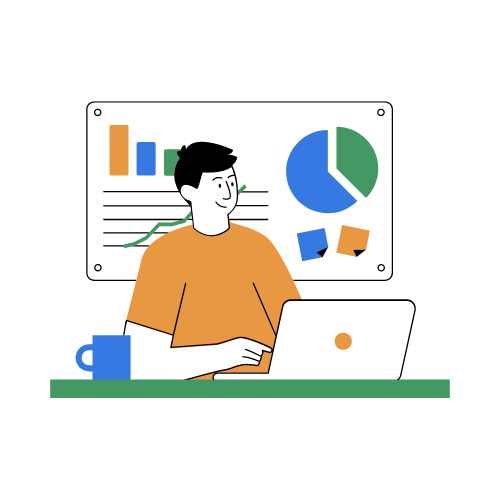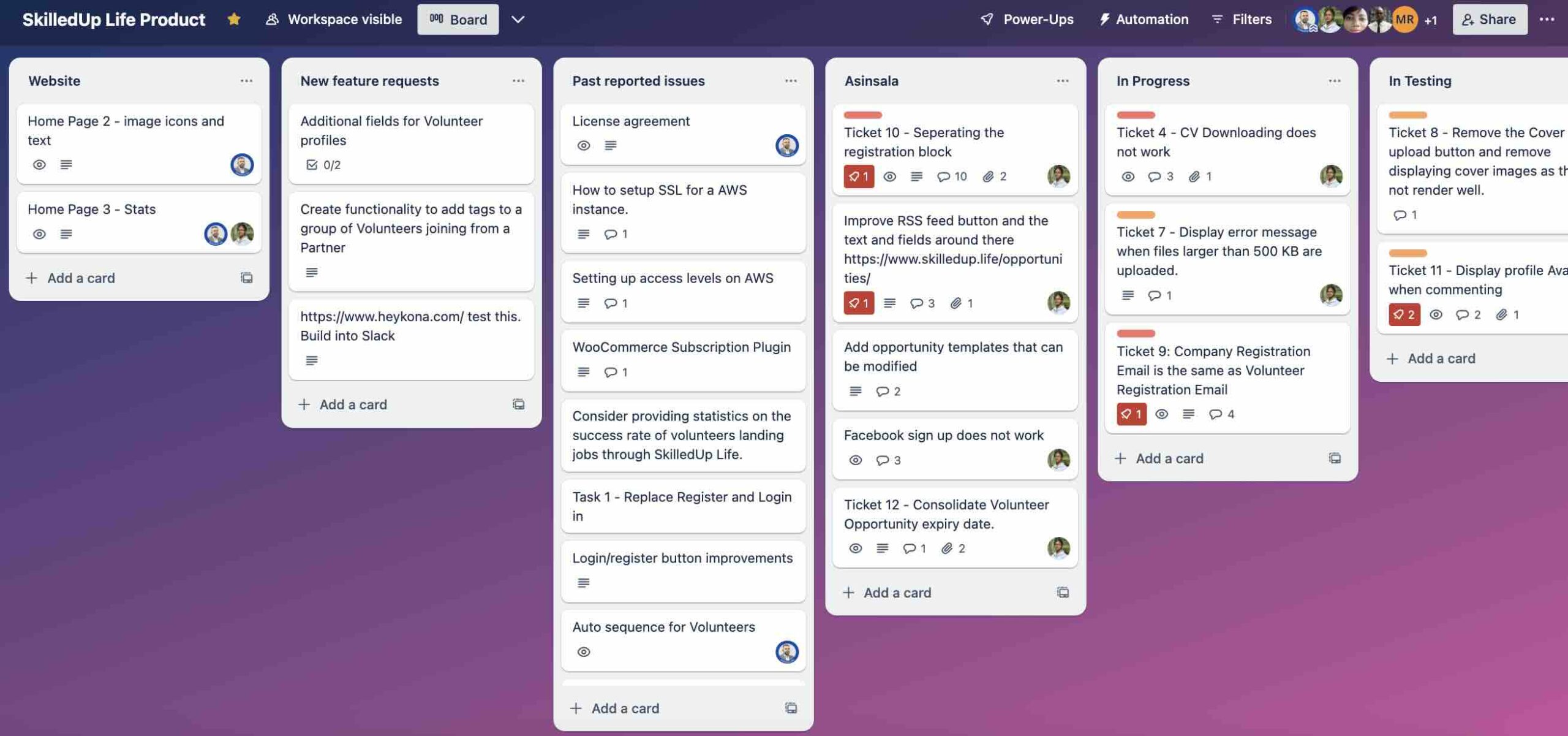Structuring your product Team
Once your concept has been validated, you need to assemble a team to build the first version of your product.
Once gone live, your product team needs to continually iterate and maintain the product to ensure success for your tech startup.
4 Stages of building
You can take a top down or bottom up approach. A top down approach starts by appointing the product manager. A bottom up approach could start with a business analyst.
Recruitment
Recruitment and Selection are vital to start building your product team.
Onboarding
Rapid and well prepared Onboarding and Training ensures quality outcomes.
Performance
Performance based on daily reporting culture ensures higher level of productivity.
Offboarding
Timely Offboarding and issuance of Testimonials makes everyone happy.

Product Manager
Whether you take top down or bottom up approach, at some point, you would need to appoint a product manager.
Product managers role could include but not be limited to:
- Create or approve the product road map.
- Review, amend and approve product documents.
- Create the timeline for product build including sprint cycles.
- Assemble the product team.
- Ensure high performance of the product team and deadlines are not missed.
- Take corrective actions to overcome product challenges.
- Co-ordinate with other teams.
- Review and approve product designs.
- Ensure code reviews take place.
- Coordinate and help with product testing.

Business Analyst
Once the concept is validated, you need to turn the concept into a product brief and specification which can be used by the team to develop the product.
Business Analyst’s role could include but not be limited to:
- Conduct user interviews.
- Capture user requirements.
- Align user needs to product intentions.
- Conduct competitor analysis.
- Design the product features to ensure a competitive advantage.
- Prepare user stories.
- Prepare product specification.

UI/UX Designers
Once the product specification is written, you can start the design process.
User Experience (UX) Designer takes on the initial data captured by the Business Analyst and develop robust UX outcomes.
The UX outcomes are turned into useable designs by the User Interface (UI) designers.

Software Architect
Software Architect is responsible for designing the overall architecture of the product and guiding technical decisions to ensure scalability, maintainability, and alignment with business goals.
A Software Architect’s role include but not be limited to:
- System architecture design.
- Technology stack selection.
- Scalability and performance planning.
- Security and compliance.
- Integration and interoperability.
- Maintainability and extensibility.
- Technical leadership and mentorship.
- Performance optimisation and trouble shooting.
- Documentation and communication.

Software Engineers
Software Engineers widely known as Product Developers are needed to turn the documented product vision into a live usable product.
Your team ought to include both front-end and back-end developers:
Back-end developers’ role include but not be limited to:
- Server side development.
- Database design and management.
- API development, if required.
- Security and authentication.
- Scalability and performance optimisation.
- Integration with third party services.
- Version control and deployment.
- Monitoring and maintenance.
- Documentation and knowledge sharing.
Front-end developers’ role include but not be limited to:
- UI development.
- Client-side logic.
- Cross browser compatibility.
- Performance optimisation.
- Accessibility.
- Collaboration with back-end engineers and designers.
- Version control and code management.
- Testing and debugging.
- Continuous learning and improvement.

Quality Assurance (QA) User Testers
Quality Assurance (QA) user testers play a pivotal role in ensuring that the quality of the product developed meets the user and customer requirements.
Their role is vital in identifying bugs and clearing them before they turn into customer complaints which drives churn.
QA User Tester’s role include but not be limited to:
- Test plan creation and QA strategy.
- Functional testing.
- User experience testing.
- Compatibility testing.
- Regression testing.
- Bug identification and reporting.
- User feedback collection.
- Continuous improvement.
QA User Testers operate closely with the Customer Support Team.

Data Analysts
Data Analysts can help you make sense of user behaviour, optimise conversion rate and reduce churn.
They can help you focus on the features and functionality most in demand by your user and customer base and deprecate unused thereby optimising your effort.
Data Analyst’s role include but not be limited to:
- Data collection and management.
- Data analysis and insights.
- User behaviour analysis.
- Market research and competitor analysis.
- A/B testing and experimentation.
- Product performance tracking.
- Predictive modelling and forecasting.
- Data-driven decision support
Data Analysts operate closely with Customer Support and Marketing Teams helping organisational growth.

Product Marketers
Product marketers can help market the product’s benefits whilst capturing early case studies.
A Product Marketer’s role include but not be limited to:
- Market research analysis.
- Value proposition development.
- Go to market strategy.
- Marketing collateral and content creation.
- Customer acquisition and lead generation.
- Sales enablement.
- Analytics and performance tracking.
To execute above tasks well, systems, processes and tools are needed to be in place. If you are an Advanced Plan customer, please get in touch with us to learn more about these.


